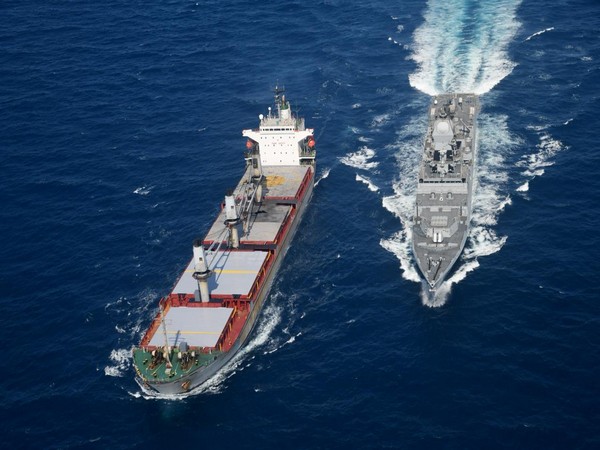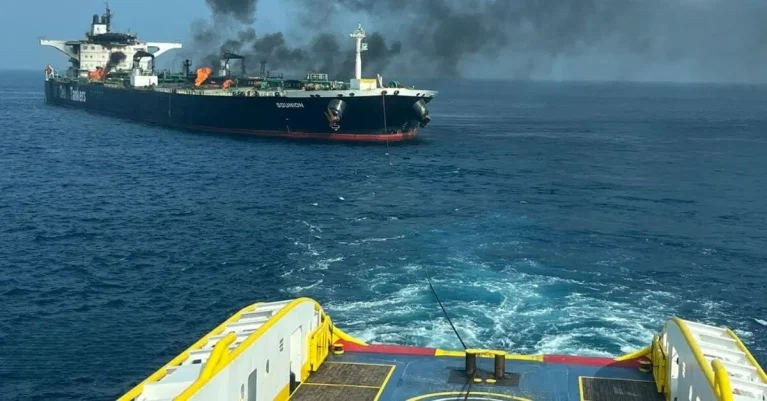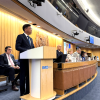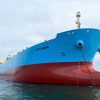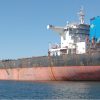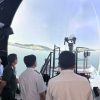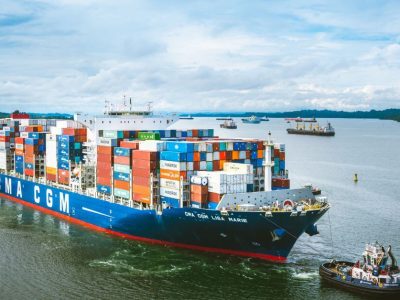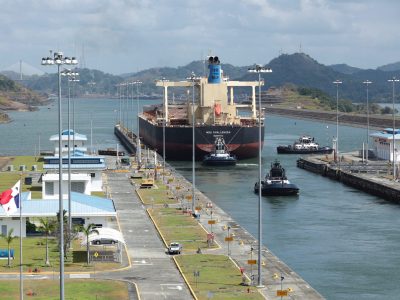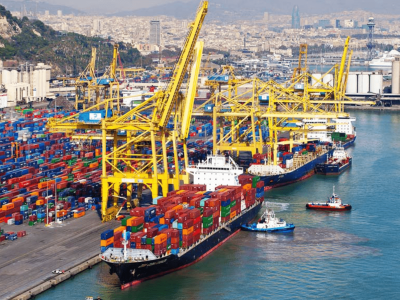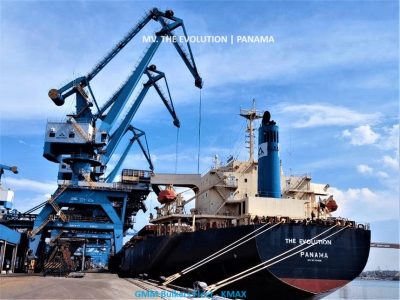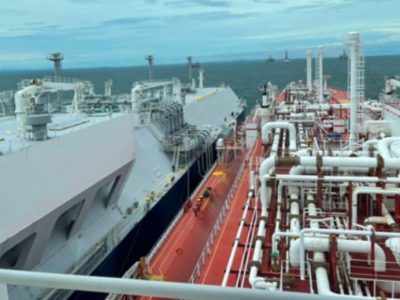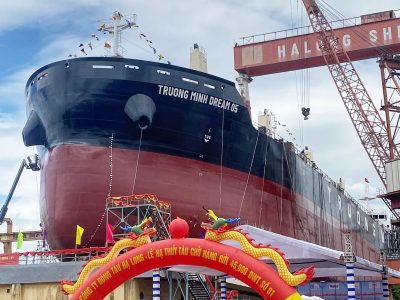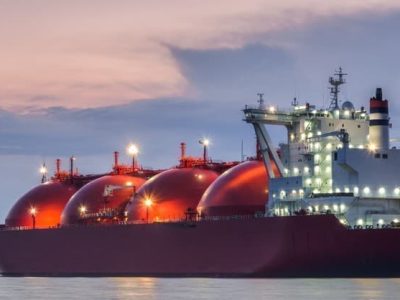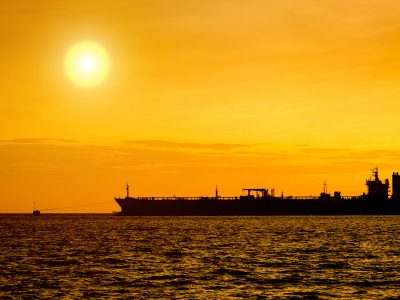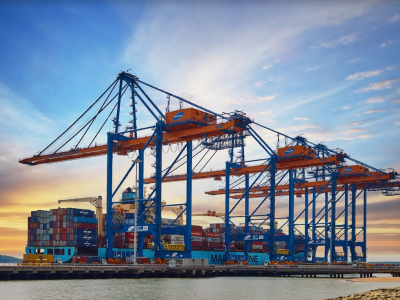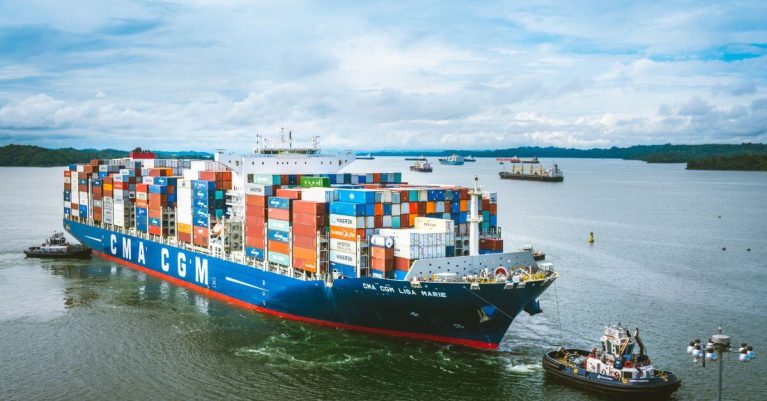GMM Safety | 2024-10-16 | Case Enviroment |
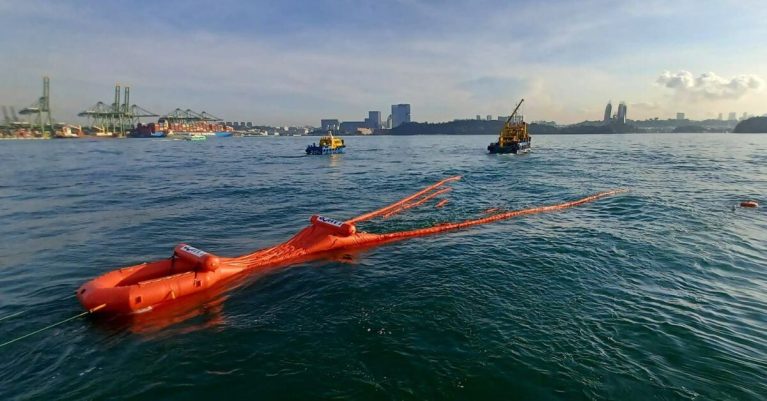
Singapore held the 16th Joint Oil Spill Exercise (JOSE) as part of the 23rd Singapore International Bunkering Conference organised by the Maritime and Port Authority of Singapore (MPA).
Since its start in 1998, this biennial exercise has aimed to improve coordination among agencies and industry partners in responding to oil spills in the Port of Singapore.
The JOSE 2024 comprised a tabletop exercise and a seaward deployment exercise at the Western Anchorage near Pasir Panjang Terminal, with over 100 participants from 18 different agencies and companies.
Several environmental and community groups were also invited to witness the seaward deployment.
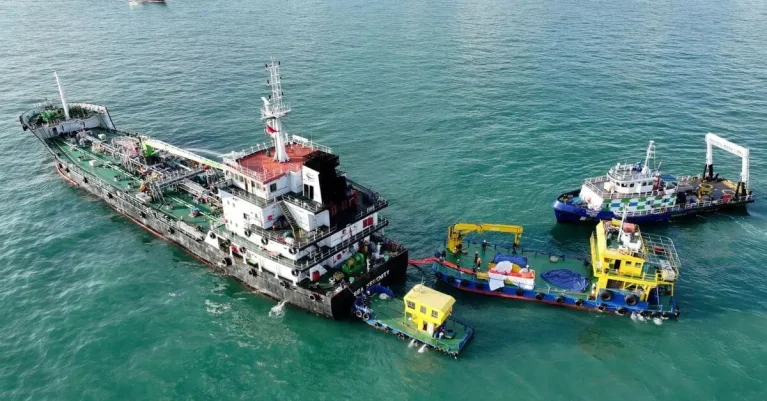
During the exercise, port operators on Jurong Island and Pulau Bukom initiated emergency procedures. The operators sent their own vessels to spray “dispersants” and operated alongside MPA patrol craft on the site.Additionally, several operators deployed protective booms to aid cleanup activities and reduce disruptions.
The MPA used this opportunity to test new technologies aimed at improving oil spill response. Demonstrations were held at ONE°15 Marina Sentosa Cove, unveiling the KOBOT, a small, remote-controlled oil recovery robot built by South Korea’s KOAI Co., Ltd. and supported by Hyundai Corporation.
The experiment also included a laser oil-stain cleaning technology from Singapore’s BKR Engineering.
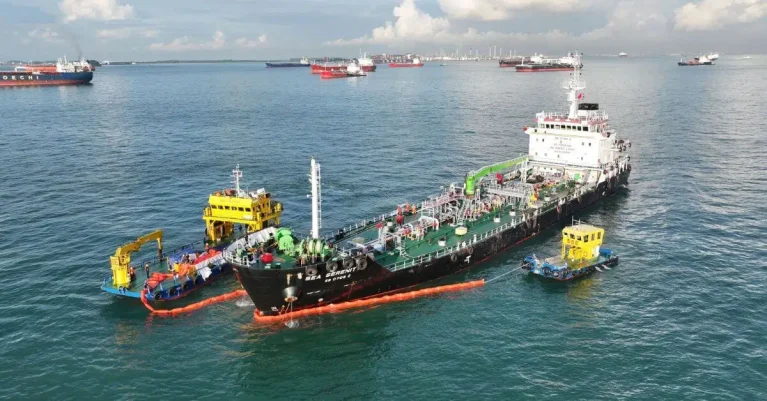
The KOBOT measures 4.5 by 1.5 meters in dimension and weighs around 160 kilograms. It is designed for usage in shallow waters, like marinas and canals.
This robot can be managed remotely by a single person and deployed using a lightweight crane, making it suitable for difficult-to-reach regions where traditional oil skimmers may struggle.
BKR Engineering’s laser cleaning technology breaks down and removes oil stains using powerful light beams. This technology, along with high-pressure water jets, could be effective in the final stages of cleanup for structures like canal walls and rock bunds, where precise cleaning is required to remove leftover stains.
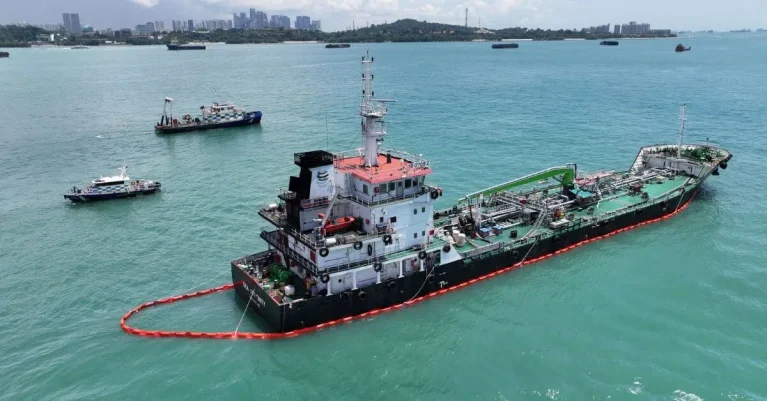
The MPA is also performing hyperspectral imaging testing at the Technology Centre for Offshore and Marine Singapore (TCOMS) and ST Engineering’s Commercial Aerospace facility.
This technology aims to assess the possibility of detecting oil slicks beneath the water’s surface. Unlike regular cameras, hyperspectral cameras collect a wide range of wavelengths, allowing them to identify oil in challenging conditions, including low light.
However, more research is required before this technology can be deployed in the field, especially for drone deployment.
Reference: Maritime and Port Authority of Singapore


